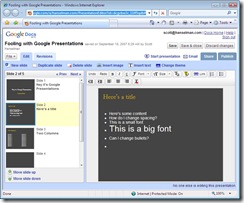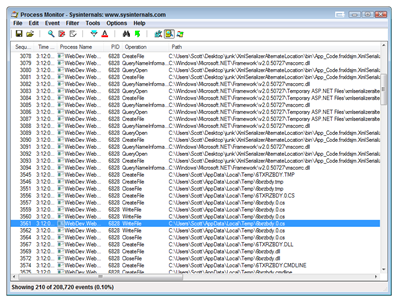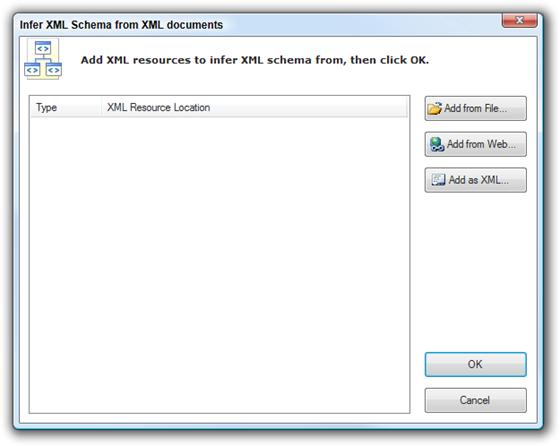Launching your Web 2.0 Site with a Giant Text Box
 Once again, another idea *I* didn't think of. ;) There sure are some clever people on this interweb.
Once again, another idea *I* didn't think of. ;) There sure are some clever people on this interweb.
Aaron Swartz has launched Jottit and the homepage is brilliant. No help, no FAQ, just a big text-box and a button.
Once you've entered, the site is a Wiki-like Web-page editor that uses Markdown rather than HTML for it's Markup. The home page is just the hook.
The site is fairly complex and even allows you to claim a subdomain. You'll start with a giant textbox, and before you realize it, you've claimed a domain, chosen colors and you've got a pretty professional looking site.
If you've got a young kid who wants to make a web page, I can't think of a better way for them to start.
Homework? As an aside for the .NET folks here, there is Milan Negovan's Markdown.NET implementation. It can be useful for applications where you want a Rich Text Experience but not a Rich Text Editor. Also, anyone can learn markup languages like Markdown...the WAF (Wife Acceptance Factor) tends to be very high. As a programming exercise, it's a simple format and I'm sure it would be a fun project for an intern to write their own Markdown->HTML or Markdown->PDF or Markdown->Word projects.
About Scott
Scott Hanselman is a former professor, former Chief Architect in finance, now speaker, consultant, father, diabetic, and Microsoft employee. He is a failed stand-up comic, a cornrower, and a book author.
About Newsletter



%20-%20Microsoft%20Visual%20Studio%20(Administrator)%20(2)_thumb.png)
_thumb.png)
_thumb.png)



